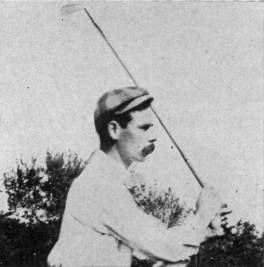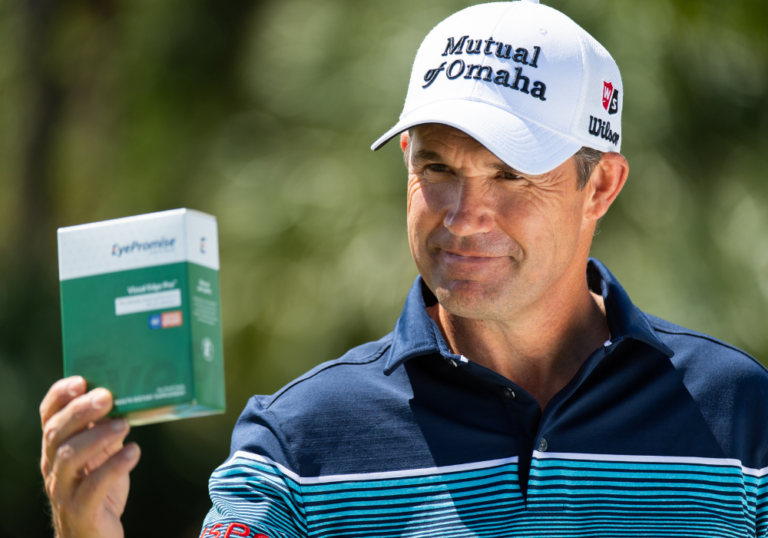The Road to the U.S. Open
Posted by amess on Jun 16th 2021
Unlike many other competitive outlets, when it comes to golf, age may not be as defining of a factor as in other sport. That’s one of the things that makes golf unique. Additionally, its endless tournaments give players a number of ways to participate, whether they’re on the professional tour or in your hometown. One of the most well-known tournaments in golf is the United Stated Open Championship. More commonly known as the U.S. Open, this is one of the 4 major championships in professional golf and is included on the PGA Tour and the European Tour schedules.
The History of the U.S. Open

The first U.S. Open golf tournament can be traced all the way back to 1895. It was a 36-hole competition played on a 9-hole course in a single day. There were only 11 golfers entered in the tournament. The winner, Horace Rawlins, left with a $50 gold metal and his share of the $335 purse.
English golfers dominated the #1 spot until 1911, when the first American, John J. McDermott, won the tournament. Since then, American golfers have won the championship regularly, and so the U.S. Open became one of the four majors on the PGA Tour.
The 2021 U.S. Open
After many years of evolution, the modern U.S. Open Championship was born. This 72-hole competition is now played on an 18-hole course over the span of 4 days. One hundred fifty-five golfers will try and win their share of the $12.5 million purse at Torrey Pine Golf Course in San Diego, CA, June 17-20. With big names like Phil Mickelson, Jordan Spieth, and Molinari brothers Francesco and Edoardo, it’s sure to be an exciting event!
Though there are some familiar faces returning to the U.S. Open, the names of those who did not qualify are almost more shocking. Golfers like Rickey Fowler, Keegan Bradley, Jason Day, and Padraig Harrington were all inched out of the annual tournament. In an interview for SportTechie, Harrington spoke about his recent performance at the PGA Championship, where he tied for fourth, and what he’s doing to give himself an edge: taking EyePromise® Vizual Edge Pro™.

“In golf, I’ve always been a little bit concerned about how I read the greens and what I’m seeing. When I heard about [EyePromise], I said, ‘Well, this is something I’d be interested in,’ especially because there’s no harm in it.
It’s not like, overnight, there’s a difference. To be honest, you wouldn’t be able to tell day to day, but then all of a sudden, I do something, and I couldn’t do that before. A couple of simple things for me: I couldn’t read the small print on my script on my phone, especially early in the morning. I pick up my phone, and I can see it better now.
What was startling to me, on the Tour, we use these greens maps. They brought in a rule last year to reduce the size of what the maps can be, and I stopped using them because I couldn’t distinguish the arrows on the map. Last week, I got the book [of maps] just because it was the PGA and I just felt I might have another look—and I could see them clearly this time. I know I couldn’t see them before, and now I can. The maps are very detailed and very small. And there are a lot of arrows. But I had no problem with it. For something that I hadn’t tried in a year, that was a big difference.”
Golf is a leisure sport that can be enjoyed by almost anyone. However, when it comes to competitions like the U.S. Open, having an edge is everything. Learn more about improving vision and performance with EyePromise.

